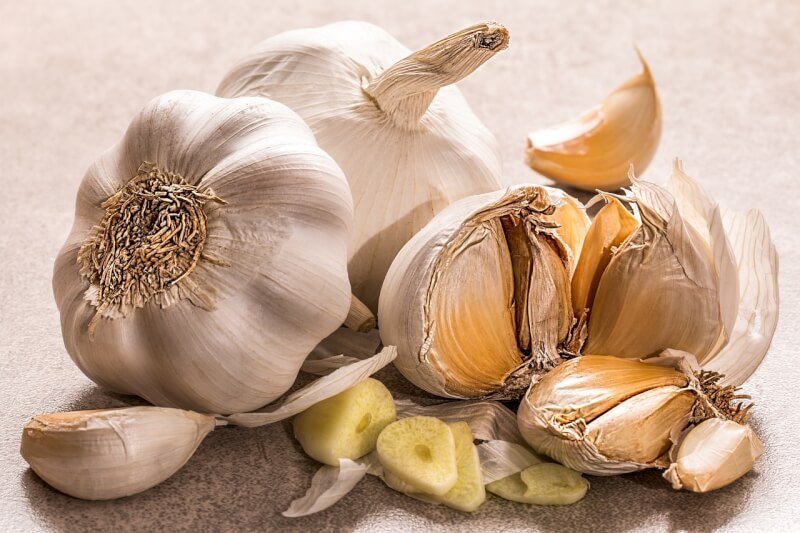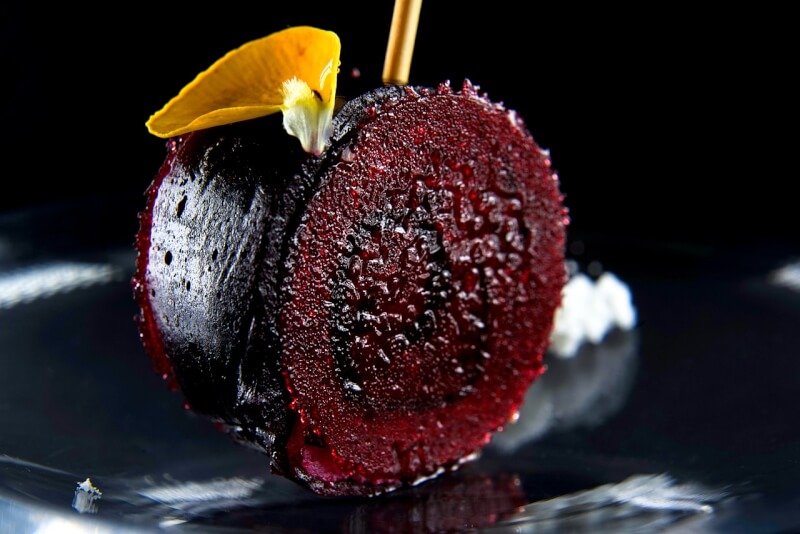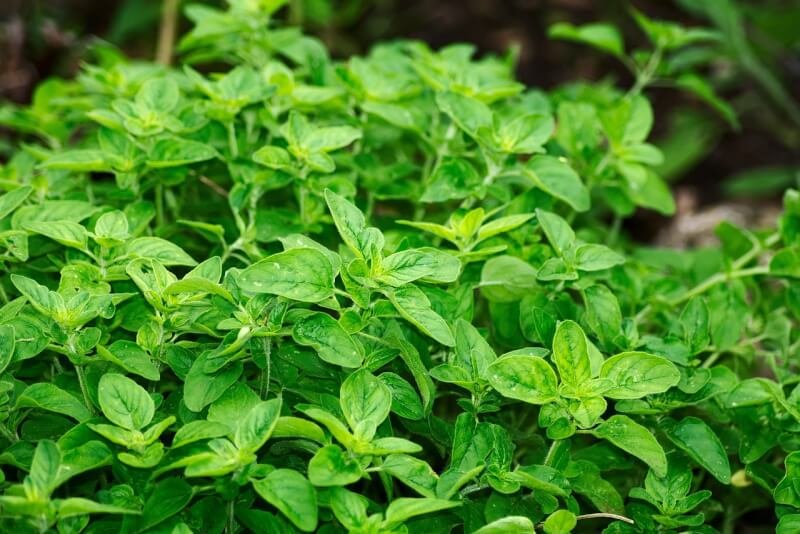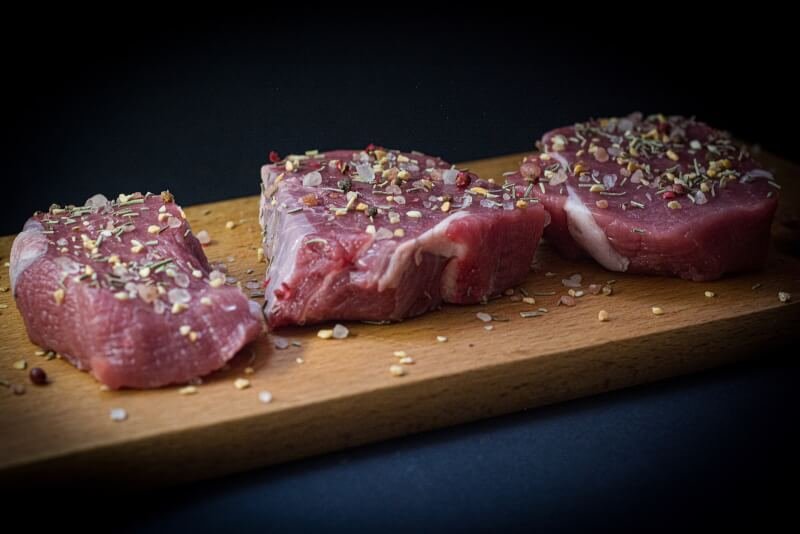So, you’ve got your hands on some fresh game meat and you’re now wondering how to best prepare and cook it? Well, you’re in the right place! In this article, we’ll guide you through the process of preparing and cooking game meat, ensuring that you don’t miss out on the delicious flavors this lean and nutritious protein source has to offer. Whether you’re a seasoned hunter or simply curious about trying something new, we’ve got you covered with tips and techniques to make your game meat dishes a success. Get ready to impress your taste buds and explore the world of game meat cooking!

Choosing Game Meat
When it comes to selecting game meat, there are several factors you should consider. First and foremost, you’ll want to ensure that the meat is fresh and of high quality. Look for vibrant color and no signs of discoloration or unpleasant odors. It’s also important to choose game meat from reputable sources, such as trusted hunters or specialty stores, to guarantee its safety and reliability.
When it comes to game meat varieties, there are numerous options to explore. Some popular choices include venison (deer meat), boar, bison, and rabbit. Each variety offers its own unique flavors and characteristics. Consider your personal preferences and the dish you intend to prepare when making your selection.
Game Meat Storage
Proper storage is crucial to maintain the freshness and quality of game meat. If you plan on using the meat within a few days, refrigeration is the way to go. Make sure to store it in the coldest part of your refrigerator, ideally at temperatures below 40°F (4°C). It’s also important to keep the meat tightly wrapped or stored in a sealed container to prevent any cross-contamination with other foods.
If you have excess game meat or want to store it for a longer period, freezing is a great option. Before freezing, make sure to properly wrap the meat in airtight packaging, such as freezer-safe plastic bags or vacuum-sealed containers. Label each package with the date to ensure you consume the oldest meat first. When stored at 0°F (-18°C) or below, game meat can retain its quality for up to several months.

Thawing Game Meat
When it’s time to thaw your game meat, it’s essential to do so safely to avoid any risk of foodborne illness. The two recommended methods for thawing game meat are refrigerator thawing and cold water thawing.
Refrigerator thawing is the easiest and safest way to thaw game meat. Simply transfer the frozen meat from the freezer to the refrigerator and allow it to thaw slowly over a period of 24-48 hours, depending on the size and thickness of the cut. This method ensures a gradual thaw, which helps maintain the meat’s texture and minimizes bacterial growth.
If you’re short on time, cold water thawing can be a quicker alternative. Place the sealed meat in a leak-proof plastic bag and submerge it in cold water. Change the water every 30 minutes to ensure it stays cold. Remember to never use hot water, as it can promote bacterial growth. This method generally takes around 1-2 hours per pound of meat.
Preparing Game Meat
Before cooking game meat, there are a few preparatory steps you should take to ensure optimal flavor and tenderness. Start by trimming and butchering the meat to remove any excess fat, connective tissues, or undesirable parts. This step not only improves the overall appearance but also enhances the taste and texture of the final dish.
Another important step in preparing game meat is removing the silver skin. The silver skin is a layer of connective tissue that can be tough and chewy when cooked. By carefully cutting it away, you’ll be left with more tender and enjoyable meat.
To further enhance the flavor of your game meat, consider marinating it. Marinating helps tenderize the meat and infuse it with delicious flavors. Choose a marinade that complements the natural taste of the game meat, such as a mixture of herbs, spices, and acidic ingredients like lemon juice or vinegar. Allow the meat to marinate in the refrigerator for at least a few hours, or even overnight, to achieve the best results.

Cooking Techniques for Game Meat
Game meat can be cooked using various techniques, each offering a unique flavor profile and texture. Some popular cooking methods for game meat include grilling, roasting, stewing, and braising.
Grilling game meat is a fantastic way to achieve a smoky and charred exterior, while still preserving the meat’s tenderness and juiciness. Whether you’re using a gas or charcoal grill, make sure to preheat it to medium-high heat. Depending on the thickness of the meat and your preferred doneness, grill each side for a few minutes until it reaches the desired internal temperature.
Roasting game meat in the oven is another excellent option. Preheat your oven to the recommended temperature based on the cut and recipe, usually between 325°F (163°C) to 375°F (190°C). Place the meat on a roasting rack in a shallow pan or sheet, and insert a meat thermometer to monitor its internal temperature. Roast until the meat reaches the recommended doneness, but be sure to periodically baste it with pan juices to keep it moist and flavorful.
Stewing game meat involves slowly cooking it in liquid over low heat, resulting in tender and flavorful meat. This method is perfect for tougher cuts that benefit from long, slow cooking to break down the connective tissues. Start by searing the meat in a hot pan to develop a rich flavor, then transfer it to a pot with your choice of liquid (such as broth, wine, or beer) and other ingredients. Simmer on low heat for several hours until the meat is fork-tender.
For incredibly tender and succulent game meat, braising is the way to go. This method involves searing the meat, then simmering it in a covered pot with a small amount of liquid, such as broth or wine, until it reaches a fall-off-the-bone consistency. The slow and gentle cooking process allows the meat to become incredibly tender, while the braising liquid infuses it with delicious flavors.
Game Meat Cooking Times
When it comes to game meat cooking times, it’s essential to have a general understanding of guidelines for different cuts and types of meat. However, it’s always recommended to use a meat thermometer to ensure accurate cooking times and to achieve the desired level of doneness.
As a general rule, cooking times for game meat will vary depending on the thickness and desired degree of doneness. For medium-rare, you should aim for an internal temperature of around 135°F (57°C) to 140°F (60°C). For medium, around 145°F (63°C) to 160°F (71°C), and for well-done, around 160°F (71°C) to 170°F (77°C). Keep in mind that specific cooking times can vary based on the cut and recipe, so it’s essential to consult a reliable cooking guide or recipe for accurate information.
Game Meat Seasonings and Flavors
While game meat can have unique and desirable flavors on its own, you can further enhance its taste by using the right seasonings and flavors. One way to enhance the natural flavors of game meat is through simple seasoning with salt and pepper. This allows the distinct flavors of the meat to shine without overpowering it.
Alternatively, you can experiment with a variety of spices and herbs to add depth and complexity to your game meat dishes. For example, rosemary and thyme pair wonderfully with venison, enhancing its earthy flavor. Sage and juniper berries are often used to complement the richness of boar meat, while citrusy herbs such as lemon zest and dill can brighten up rabbit dishes. Don’t be afraid to get creative and try different combinations to find your perfect flavor profile.
Game Meat Safety
Ensuring the safety of game meat during preparation and cooking is of utmost importance. Cross-contamination is a common concern, especially when handling raw game meat alongside other ingredients. To avoid any potential risks, it’s crucial to follow proper food safety practices.
Always keep game meat separate from other foods, both during storage and preparation. Use separate cutting boards, utensils, and containers to prevent any potential transfer of bacteria. After handling raw game meat, make sure to thoroughly wash your hands and any surfaces that came into contact with the meat.
When it comes to cooking game meat, it’s essential to reach safe internal temperatures to destroy any harmful bacteria. Use a meat thermometer to accurately measure the internal temperature. For most game meats, the recommended internal temperature is 160°F (71°C) for well-done. But it’s always a good idea to consult specific cooking guidelines for the type of game meat you’re working with.
Game Meat Serving Suggestions
When it comes to serving game meat, there are plenty of accompaniments and wine or beer pairings that can elevate your meal.
For accompaniments, consider serving game meat with a variety of flavorful sides. Classic options include roasted potatoes, grilled vegetables, or a fresh salad. Creamy mashed potatoes or wild rice pilaf can be delicious choices as well. For a burst of freshness, consider serving a tangy cranberry sauce or a citrus-infused sauce to complement the rich flavors of the game meat.
When it comes to pairing game meat with wine or beer, there are a few general guidelines to consider. For red game meats such as venison or boar, opt for medium to full-bodied red wines like Cabernet Sauvignon or Syrah. If you prefer beer, go for darker, more robust options like stouts or porters. For lighter game meats like rabbit or poultry, white wines such as Sauvignon Blanc or Chardonnay can be a great choice, or a crisp and refreshing beer like a pale ale.
Game Meat Leftovers
If you happen to have any leftover game meat, it’s essential to store and reheat it properly to maintain its quality and safety. First, let the meat cool down to room temperature before placing it in an airtight container or wrapping it tightly in plastic wrap or aluminum foil. Refrigerate the leftovers promptly and consume them within a few days to ensure optimal taste and freshness.
To reheat game meat leftovers, you have a couple of options. If the meat can be enjoyed cold, you can simply serve it chilled or at room temperature. However, if you prefer to have it warm, gently reheat it in the microwave, oven, or stovetop until it reaches the desired temperature, being careful not to overcook it and risk drying out the meat.
With these comprehensive tips and techniques, you’re well on your way to successfully preparing and cooking game meat. Embrace the unique flavors and textures that game meat offers, and experiment with different recipes and seasonings to create delicious and memorable meals. Happy cooking!


